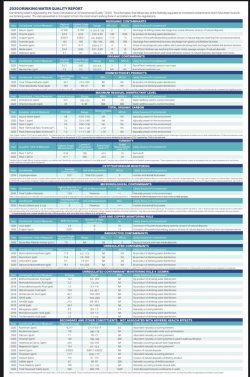Dino78413
New Member
So I started with guppies and them moved up to a larger aquarium so I can raise 2 Oscars, long story short, all my snails died my 3 cori catfish died and the Oscar’s showed signs of ick, I treated tank for about a week with rid ick and aquarium salt. Oscars finally gave up the fight, I have since pulled the aquarium down and washed all the stone bed in boiling water, added new water, treated water with quick start and declorinator. Tested the water after 2 days, no NITRATE, no NO NITRITE, PH IS ABOUT 6.8, and AMONIA IS 1 to 1.5 parts per million, di i have to add anything else before I will start to see the ph and amonia get better?


